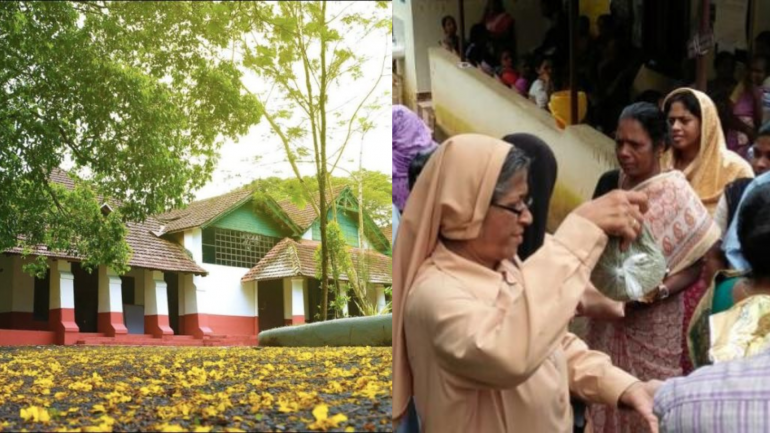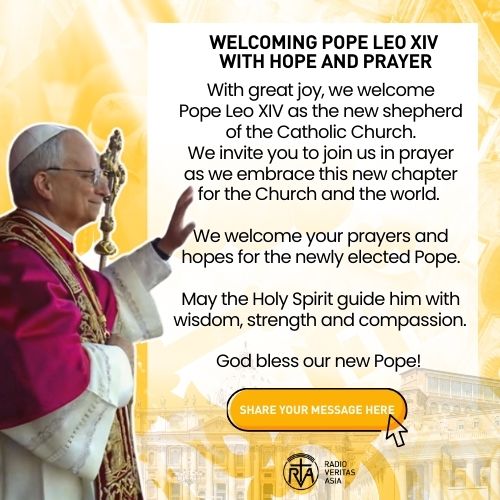The Church’s Role in Making an Indian State Poverty-Free

When the State of Kerala, south India, announced on November 1, 2025, that it had eliminated extreme poverty, becoming the first Indian state to do so, the headlines credited government policy. But beneath the Left Democratic Front’s Extreme Poverty Eradication Project lies a five-century partnership between the state and an institution most would not associate with Communist governance: the Catholic Church.
The story begins not in 2021, when the project launched, but in 1556, when Portuguese Jesuits established Asia’s first printing press in Kochi. The Carmelites followed with hospitals in the 1500s. By the time of independence in 1947, Christian institutions managed thirty-five percent of Kerala’s schools and forty-two percent of its hospital beds. This was not charity; it was infrastructure that would shape the state’s destiny.
The Church Missionary Society had opened over four hundred schools by 1881, including CMS College in Kottayam, founded in 1817 and still operating as India’s oldest college. Basel Mission evangelicals introduced weaving and tile industries, creating organized workforces among excluded communities. These were not random acts of compassion. They were systematic investments in human capacity that accumulated over generations, creating what scholars now call the “Kerala Model”: ninety-six percent literacy, six infant deaths per thousand births, seventy-seven-year life expectancy. Numbers that seem implausible for India, but were built brick by brick through mission schools and church hospitals.

When the government launched its 2021 poverty project, it faced a problem: finding the last 64,006 families living below the $2.15-per-day threshold. These were not people in visible slums. They were scattered, hidden by shame or isolation, often elderly or disabled, invisible to conventional welfare systems. The government needed eyes everywhere and trusted voices in every community.
Kerala’s ten thousand Catholic parishes became those eyes. Every village had a church. Every church had priests and nuns who knew not just their congregations, but everyone. Parish priests knew which widow survived on one meal daily, which disabled man lacked a pension, which family was one crisis away from destitution.
During identification, church personnel flagged eighteen thousand households. When auditors cross-checked these nominations, ninety-seven percent were confirmed as genuinely poor, eight percentage points higher than nominations from other sources. In Kottayam district, the first to achieve zero extreme poverty in June 2025, the archdiocese’s three hundred parishes cross-verified ninety-two percent of all poverty nominations. This accuracy came from relationships built over centuries, not surveillance technology.
But churches did more than identify the poor. They sustained them. Forty-two percent of program beneficiaries received emergency rations through parish soup kitchens when bureaucratic delays left families without ration cards. During the 2023 Ernakulam floods, St. George Forane Church fed twelve hundred families for forty-five consecutive days while government systems recovered.

Healthcare presented the starkest intervention. The government identified thirty-eight hundred cancer patients among poverty-line families needing chemotherapy and dialysis, treatments that would cost forty-two crore rupees. Sixty-eight church hospitals and fourteen hundred palliative care units provided these services free. In Ernakulam alone, eleven mission hospitals treated twelve hundred cancer cases. The economic impact was dramatic: church hospitals saved sixty-eight crore rupees that could be redirected to other poverty interventions.
For livelihood creation, one hundred twenty-seven church-run skill development centers trained twenty-two thousand people, seventeen percent of all beneficiaries, in tailoring, food processing, digital literacy, and business management. The Mar Thoma Skill Development Mission prepared forty-two hundred women for integration into Kudumbashree, the state’s women’s self-help network.
Parish savings groups functioned as community banks, extending one hundred fifty-two crore rupees in small loans at four percent annual interest, a fraction of the twenty-four percent charged by microfinance institutions. These loans seeded sixty-eight hundred small businesses. Impact studies showed every rupee of church credit generated four rupees and twenty paise in household income within eighteen months.
For land and housing, churches helped identify plots and mobilize resources for twenty-eight hundred housing units. The “Land with Compassion” campaign redistributed twelve hundred acres to landless farmers, with eighteen percent coming from church-owned surplus holdings in tribal districts where communities had been historically marginalized.

This partnership required ideological flexibility from both sides. The Communist government issued a cabinet order declaring faith-based organizations equal partners, remarkable for a party historically skeptical of religion. Meanwhile, Kerala’s bishops, inspired by Pope Francis, issued a 2016 pastoral letter reframing social service as religious obligation. Marxist materialism met Christian social doctrine, and both prioritized results over ideology.
The government deliberately downplayed church contributions publicly, wary of appearing to favor one religion. Internal church problems persisted too; despite forty-two percent of Christian poor being Dalit Christians, caste hierarchies within church structures often bypassed these families. Sustainability concerns loom as church funding depends on Gulf remittances, which declined twelve percent in 2024-25.
Yet the model attracts attention. NITI Aayog hosted five hundred officials from Bihar, Odisha, and Jharkhand in 2024 to study Kerala’s approach. India has over a hundred thousand Catholic parishes, five thousand church vocational centers, and twenty-five hundred mission hospitals, an infrastructure that could dramatically accelerate poverty reduction nationwide if mobilized systematically.
Kerala’s victory over extreme poverty belongs to neither church nor state alone. It belongs to their convergence, five centuries of institution-building meeting four years of policy precision. The lesson transcends religion: the hardest development challenges require mobilizing every trusted institution society has, including those older than the state itself. Kerala succeeded because it combined bureaucratic reach with community roots, policy with parish presence. That combination might be the real model worth replicating.








